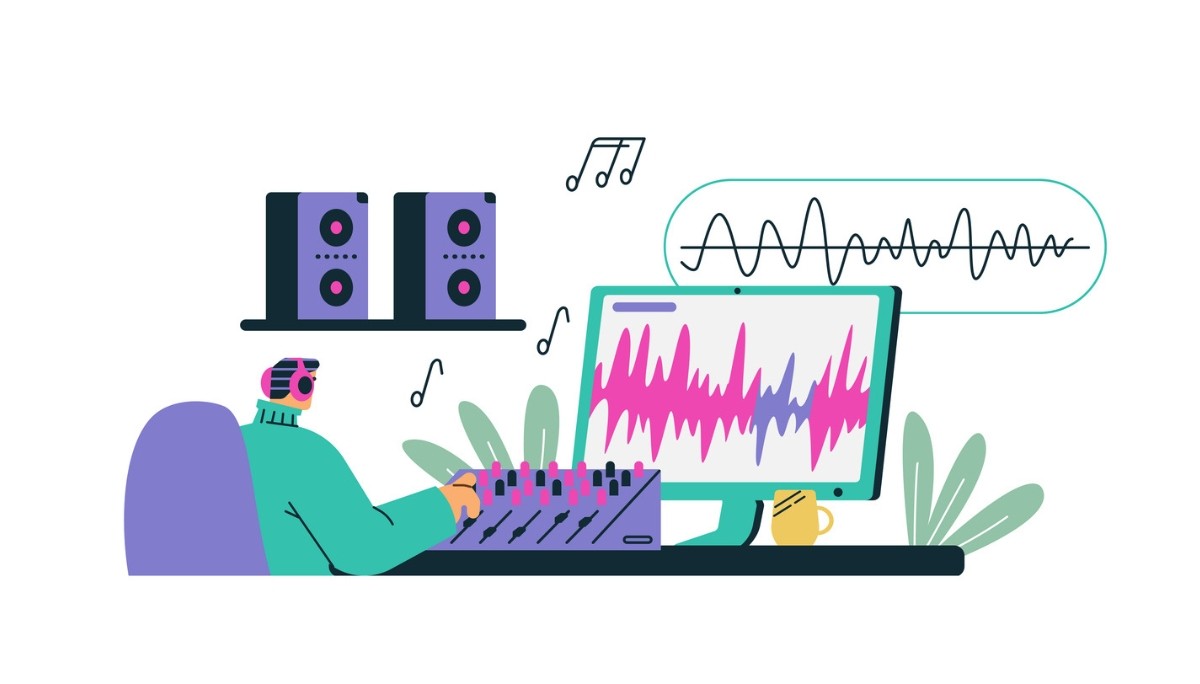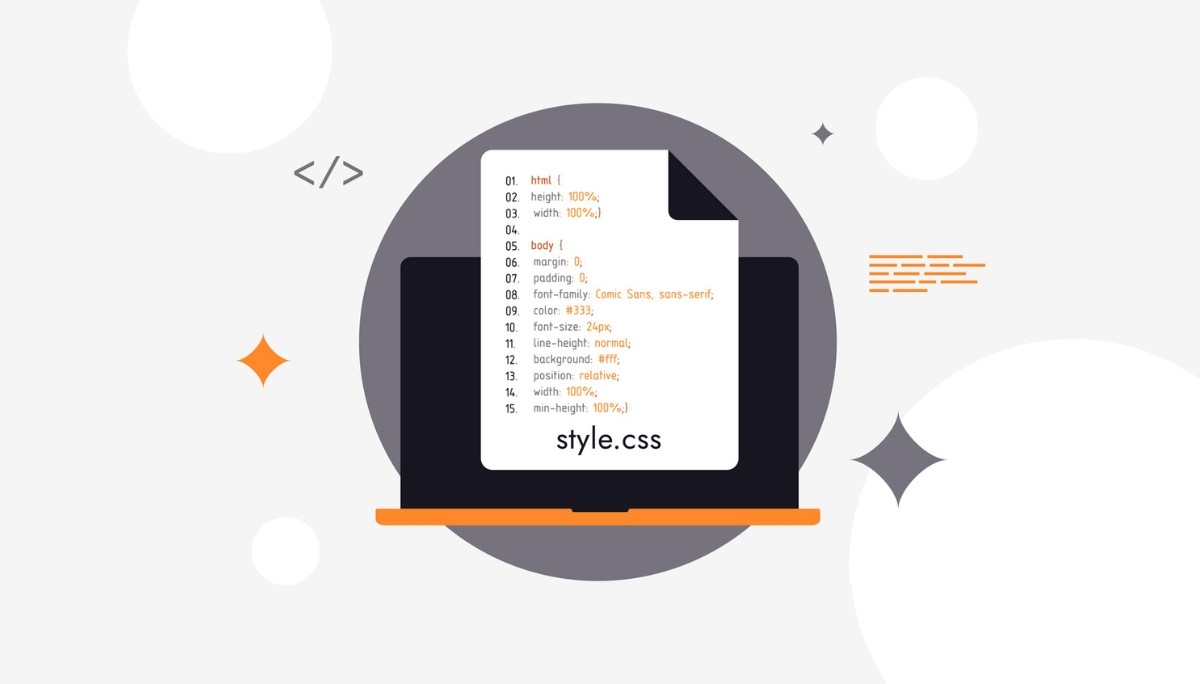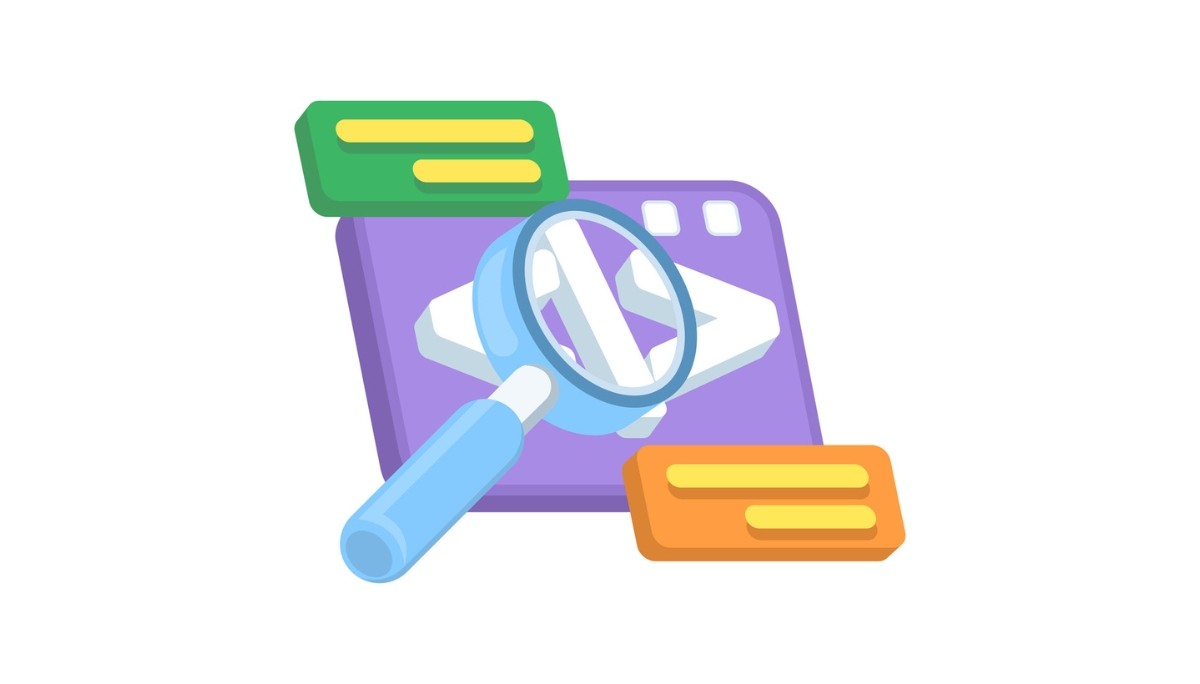What Is Transfer Learning in Machine Learning and How Does It Work?
By
Samantha Cox
•
Jun 23, 2025
Ever wish your machine learning model could hit the ground running instead of starting from scratch? That’s the magic of transfer learning, a technique where a model trained on one task uses that hard-earned knowledge to tackle a different, but related, challenge. It’s like teaching a pianist to play guitar; they already understand rhythm and scales, so they learn faster.
Transfer learning is especially powerful when data is limited, helping you save time and boost performance with pre-trained models. In this article, we’ll break down what it is, how it works, and why it’s become a go-to tool for AI engineers.
Key Takeaways
Transfer learning is a methodology in machine learning that enables the reuse of knowledge from a pre-trained model to address a new, related task, enhancing efficiency in model training.
The transfer learning process involves feature extraction and fine-tuning, allowing models to leverage previously learned features and adapt to new datasets effectively.
This approach offers significant benefits, including reduced training time, improved model performance, and applicability in scenarios with limited data, making it essential for various machine learning fields.
What Is Transfer Learning?

At its core, transfer learning is a methodology where knowledge gained from solving one problem is applied to a different but related problem. In machine learning, this means using a pre-trained model to tackle a new task. This approach is particularly powerful in fields like computer vision and natural language processing, where large labeled datasets are often scarce.
The concept hinges on the idea that the early layers of a neural network capture generic features, such as edges and shapes, which are not specific to any one task. These features can be reused when the model is applied to a new task, making the learning process more efficient.
For example, a model trained to recognize cats can be adapted to recognize dogs because the early layers have already learned to identify basic shapes and textures common to both animals, similar to principles observed in neural information processing systems, within the feature space.
The effectiveness of transfer learning largely depends on the similarity between the original task and the new task. When the features required for both tasks are similar, the transfer of knowledge is more effective. This similarity ensures that the knowledge learned from the original task is still relevant and useful for the new task, paving the way for successful model adaptation, particularly when considering task-specific features.
Transfer learning aims to make the learning process faster and more effective by leveraging existing knowledge through multi-task learning. This is particularly beneficial in scenarios where collecting large amounts of labeled data for the new task is impractical. Reusing previously learned features cuts down on the need for extensive data collection and training from scratch.
Transfer learning is a transformative machine learning technique that reuses knowledge from pre-trained models to solve new tasks. This approach saves time and resources while enhancing the performance of machine learning models in various applications, making it a vital tool in the AI toolbox.
How Does Transfer Learning Work?
Transfer learning operates on the principle of leveraging pre-trained models, which are models trained on large datasets to extract features for new tasks. These pre-trained models are often available through research institutions and machine learning libraries like Keras, providing a solid foundation for further training.
One common approach in transfer learning is feature extraction. This process involves:
Using the pre-trained model to capture relevant features from the input data.
Utilizing the pre-trained model’s lower layers to extract basic features such as edges and textures in images.
Applying these universally applicable features to train a new model for different tasks.
Another critical aspect of transfer learning is fine-tuning. This involves:
Further training the pre-trained model on a new dataset specific to the target task.
Typically, unfreezing the last few layers of the base model allows adjustment of high-level features for better task specificity.
Selecting which layers to freeze or fine-tune based on the characteristics and size of the target dataset.
The training process in transfer learning is a combination of reusing pre-trained models and adapting them to new tasks. By transferring knowledge from one task to another, transfer learning aims to reduce the time and computational resources required for training, making it a highly efficient machine learning technique.
Essentially, transfer learning builds on existing knowledge. Feature extraction or fine-tuning streamlines and makes the learning process effective, enabling rapid advancements in machine learning applications.
Benefits of Transfer Learning

Transfer learning offers many benefits, making it an invaluable tool in machine learning. One of the most significant advantages is the time-saving aspect. By reusing pre-trained models, the learning process is accelerated, allowing for quicker model development and deployment.
Another major benefit is the enhancement of model performance. Transfer learning leverages both low-level features and high-level semantics from pre-trained models, resulting in improved accuracy and robustness of the new model. This is particularly useful in deep learning, where the depth and complexity of models can make training from scratch a daunting task.
Transfer learning excels in scenarios with limited data. When training data is scarce, transfer learning allows the use of related tasks with more available data to inform the model. This capability is vital in fields like medical imaging and natural language processing, where labeled datasets are scarce.
The advantages of transfer learning include reduced training time, improved model performance, and effectiveness in tasks with limited data. These advantages make transfer learning a powerful technique that enhances the efficiency and effectiveness of model development.

Transfer learning can be categorized into several types, each with its unique approach and application. Understanding these types helps in selecting the right method for a given task.
Same-domain transfer learning involves transferring knowledge between tasks that share similar domains. This approach is often more straightforward and effective because the source and target domains have similar data distributions and feature spaces.
Inductive transfer learning, on the other hand, enhances performance on a different task by utilizing knowledge from a related source task. This type assumes both tasks share the same input and output space, making it suitable for applications like image classification and natural language processing.
Transductive transfer learning adapts knowledge from a source domain with labeled data to a target domain with unlabeled data, even if their input and output formats differ. This approach is particularly useful when labeled data is scarce in the target domain but abundant in the source domain, facilitating domain adaptation.
Unsupervised transfer learning involves transferring knowledge from a source task to a target task without labeled data. Techniques such as clustering or generative modeling are used to extract useful features from the source data, which are then applied to the target task.
These various types of transfer learning offer flexibility and adaptability, making it easier to apply machine learning techniques to a wide range of applications. Understanding each type’s nuances helps practitioners choose the most appropriate method for their needs.
Popular Pre-Trained Models
Several pre-trained models have gained prominence due to their effectiveness and versatility in various machine learning applications. These foundation models serve as the backbone for many transfer learning tasks, offering a robust foundation for further development.
Inception-v3, developed by Google, is renowned for its unique architecture that enhances image classification accuracy. Its ability to capture intricate features makes it a popular choice in computer vision tasks.
ResNet, or Residual Networks, introduced a deep residual learning framework that allows for the training of very deep neural networks. This model is widely used in image classification tasks due to its ability to mitigate the vanishing gradient problem.
BERT, or Bidirectional Encoder Representations from Transformers, is a leading model in natural language processing developed by Google. BERT excels in understanding the context of words within sentences, making it highly effective in tasks such as sentiment analysis and machine translation.
VGG models, including VGG16 and VGG19, are popular in computer vision due to their straightforward architecture and effectiveness in image classification. These computer vision models are widely used in various applications, from medical imaging to object detection, demonstrating the versatility of pre-trained models.
These popular pre-trained models have revolutionized machine learning by providing powerful tools to train models for transfer learning. Widespread adoption underscores the importance of leveraging pre-existing models to enhance models’ performance and efficiency in new tasks, including the use of deep learning models, machine learning models, and adapting existing models.
Implementing Transfer Learning
Implementing transfer learning begins with:
Obtaining a suitable pre-trained model that aligns with the specific task at hand.
Selecting a model that has been trained on a large dataset.
Choosing a model known for its performance in similar tasks.
Creating a base model involves instantiating the pre-trained architecture and often requires removing the original output layer to fit the entire model to the new task. This step tailors the model to the specific requirements of the new dataset.
Freezing layers in the pre-trained model prevents the weights in those layers from being updated during training, preserving the learned features. New trainable layers are then added to convert the features from the pre-trained model into predictions for the new dataset.
Fine-tuning involves unfreezing some layers and retraining with a low learning rate to enhance performance. This allows the model to adjust high-level features, making it more specific to the fine tuned target task.
Transfer learning speeds up the training process and significantly enhances model performance. Using pre-trained models as a starting point can improve model performance and computational efficiency, reducing the need for extensive training on new datasets.
Challenges in Transfer Learning
Despite its advantages, transfer learning presents several challenges. One major issue is negative transfer, which occurs when there is significant dissimilarity between the source and target datasets, leading to poor performance.
Dataset bias and mismatch can also complicate the effective application of transfer learning. Ensuring that the source and target data distributions are well-aligned is crucial for the success of the task-specific dataset transfer learning process.
Poor-quality data can undermine the benefits of knowledge transfer, emphasizing the necessity for high-quality data and new data, and test data in the process of data mining. Techniques such as early stopping or dropout can help prevent overfitting during the training of a transfer learning model.
Evaluating task similarity and similar tasks, as well as related tasks, remains a challenge due to the absence of a standard metric for transfer learning. This makes it difficult to predict the effectiveness of knowledge transfer between different tasks.
Addressing these key challenges requires careful consideration and a thorough understanding of the task at hand. Mitigating these issues allows for the effective application of transfer learning to a wide range of machine learning tasks.
Practical Applications of Transfer Learning

Transfer learning has found practical applications in various fields, demonstrating its versatility and effectiveness. One notable application is in image recognition, where transfer learning allows models to utilize pre-trained frameworks, enhancing efficiency when data is scarce.
In the field of medical imaging, transfer learning significantly mitigates the issue of limited data availability. By leveraging pre-trained models, transfer learning enhances model performance in classification tasks, such as cancer detection, using medical images.
Autonomous driving is another area where transfer learning proves invaluable. By adapting previous knowledge from established models to new driving environments, transfer learning enhances perception systems, making knowledge discovery in autonomous vehicles more reliable and efficient.
Recommendation systems also benefit from transfer learning. By leveraging user behavior patterns from one domain, models can enhance performance in another, providing more accurate and personalized recommendations.
These applications highlight the transformative potential of transfer learning in addressing real-world challenges. Leveraging existing knowledge, transfer learning opens up new possibilities in fields ranging from healthcare to autonomous driving.
Introducing Fonzi: Revolutionizing AI Hiring
Fonzi is a curated artificial intelligence engineering talent marketplace that connects companies to top-tier, pre-vetted AI engineers through its recurring hiring event, Match Day. This platform revolutionizes recruitment by providing access to thoroughly vetted candidates, ensuring high-quality hires without the hassle of sourcing.
The Match Day hiring process is structured and efficient, streamlining the recruitment of AI talent. Fonzi’s platform includes fraud detection capabilities, which enhance application integrity by verifying candidates’ identities in real-time.
Fonzi aims to improve the quality of hires by reducing biases and evaluating candidates based on their qualifications. Structured evaluations facilitated by Fonzi ensure fairness and consistency in candidate assessments, providing a reliable and unbiased hiring process.
Automating repetitive hiring tasks with a multi-agent AI system, Fonzi enhances recruiter efficiency, allowing focus on candidate engagement and strategic decisions. This approach ensures businesses receive top talent while maintaining high recruitment standards.
Why Choose Fonzi?
Fonzi streamlines AI engineer hiring by combining automation with human oversight for efficiency. The platform’s fraud detection systems ensure that all candidates are genuine and properly vetted, providing peace of mind to recruiters.
Bias auditing is integrated into Fonzi’s hiring process to ensure fair assessments of all candidates. This feature is crucial in maintaining the integrity and fairness of the recruitment process, ensuring that all candidates are evaluated based on their qualifications.
Fonzi supports both early-stage startups and large enterprises, accommodating hiring from the first artificial intelligence hire to the 10,000th. Scalability makes Fonzi a versatile solution for businesses of all sizes.
The platform makes hiring fast, consistent, and scalable, with most hires happening within three weeks. This efficiency surpasses traditional job boards or black-box AI tools, providing a superior recruitment experience.
Fonzi elevates the candidate experience, ensuring engagement and well-matched talent. This commitment to quality ensures a positive and productive experience for both candidates and recruiters.
Summary
Transfer learning is a transformative machine learning technique that reuses knowledge from pre-trained models to solve new tasks, saving time and resources while enhancing model performance. By understanding the principles and benefits of transfer learning, engineers can use this approach to tackle a wide range of applications, from computer vision to natural language processing.
Fonzi, a revolutionary platform in AI hiring, offers a streamlined and efficient recruitment process for AI engineers. With features like fraud detection, bias auditing, and structured evaluations, Fonzi ensures high-quality hires and a positive candidate experience.
By combining the power of transfer learning with innovative hiring solutions like Fonzi, the future of artificial intelligence and machine learning looks brighter than ever.




